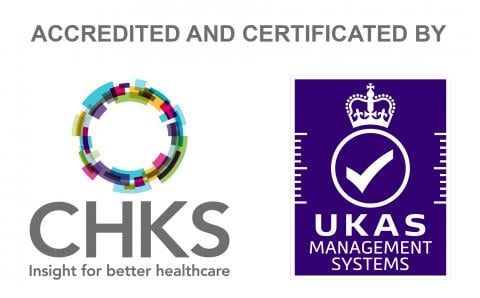Wrist fractures are the most commonly broken bones in patients under 65 years of age.
Wrist fractures occur by any strong force pushing the hand backwards, for example; this is what often happens in vehicle accidents. A strong force pushing the hand into the forearm can also cause a Colles fracture which often involves a break of the radius bone which has a natural weak spot where it widens.
Wrist arthritis may occur following a distal radius fracture which can be the result of cartilage injury at the time of the break or wear and tear from changes in the joint alignment after the bone is healed.
A common development following a Colles fracture is a change in the contour of the back of the wrist due to the bone healing in a tipped back position which often looks worse than it feels.
Consultants and Clinic Times

Mr Tony Antonios
Specialities

Miss Anna Bridgens
Specialities

Mr Paul Davey
Specialities

Professor Mo Imam
Specialities

Miss Fiona Middleton
Specialities

Mr Mark Proctor
Specialities
Orthopaedics, Shoulder & Elbow Surgery
Mr Ritesh Sharma
Specialities

Mr Nashat Siddiqui
Specialities

Mr Rupert Wharton
Specialities











